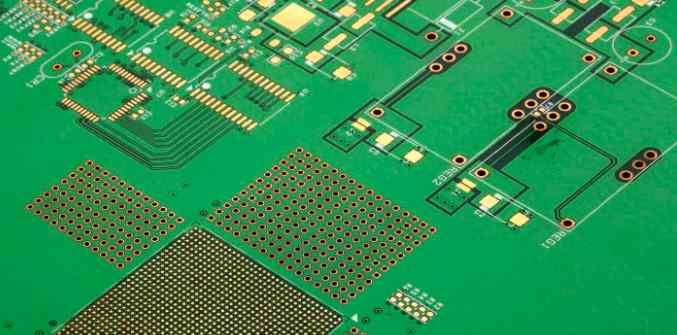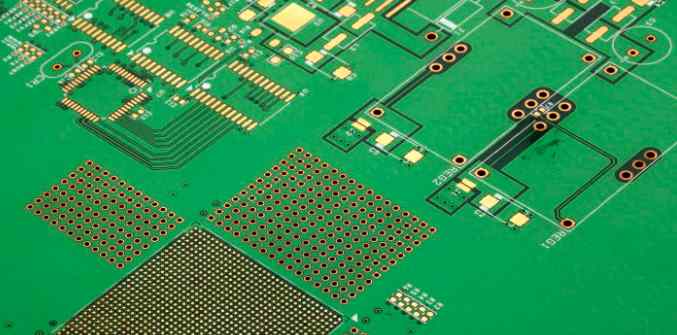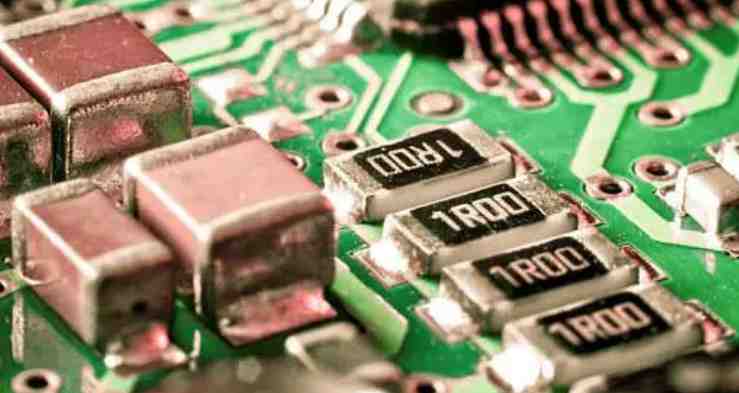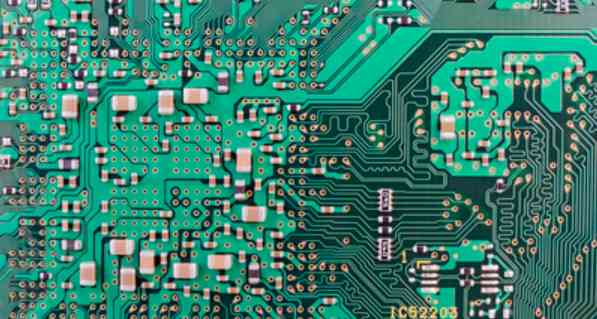
As a key component of electronic products, PCB is used in almost all electronic products. It is a key interconnect for assembling electronic parts. It not only provides electrical connection for electronic components, but also carries digital and analog signal transmission, power supply, radio frequency and microwave signal transmission and reception of electronic equipment. Therefore, it is called the "mother of electronic products".
PCB industry is the industry with the largest output value in the global electronic component subdivision industry. With the deepening of research and development and the continuous upgrading of technology, PCB products are gradually developing to the direction of high density, small aperture, large capacity, thin and light.
As the upstream basic material of electronic circuit, PCB changes due to the changes in the demand of downstream electronic products. Since the outbreak of the financial crisis in 2008, the global economy has weakened, and the consumption of electronics has also been affected. The output value of PCB dropped by 15% in 2009. After the compensatory recovery in 2010, the innovation of electronic products encountered bottlenecks and the growth was weak.

As the cornerstone of electronic products, PCB is widely used. According to Prismark, in 2019, wired communication infrastructure, wireless communication infrastructure, servers, mobile phones, and PCS accounted for 57% of the total output value of the entire PCB industry.
According to Prismark, the global output of PCBS was about $63.7 billion in 2019, up 2.1% from the previous year. The global output value of PCBS is expected to reach $74.756 billion in 2023. Global PCB industry market scale is still expanding, market prospects are considerable.
With the continuous increase of labor costs in Europe, America, Japan and other countries and regions and the transfer of downstream consumer electronics manufacturing to mainland China, Mainland China has become the world's largest output value, the fastest growing PCB manufacturing base. In 2019, the output value of PCB in China is about 33.744 billion dollars, and it is predicted that by 2023, the output value of PCB in China will reach 40.556 billion dollars, accounting for 54.25% of the total. The PCB market in China is developing rapidly, with a growth rate exceeding that of the global industry.
PCB is a collection of systems carried by each electronic product. The core substrate is copper-clad plate, and the upstream raw materials mainly include copper foil, glass fiber and synthetic resin. From the perspective of cost, copper clad plate accounts for about 30%-40% of the entire PCB manufacturing. Copper foil is the most important raw material for manufacturing copper clad plate, and the cost accounts for 30% (sheet) and 50% (thick) of copper clad plate.
In 2019, the domestic electrolytic copper foil added 129,000 tons of capacity, the total capacity will reach 593,000 tons. Among them, PCB copper foil capacity increased by 31,000 tons, the total capacity reached 333,000 tons; Lithium battery copper foil production capacity increased by 98,000 tons, with a total capacity of 260,000 tons. From the perspective of new projects, the increase in the production capacity of high-frequency and high-speed PCB copper foyers for 5G construction is not significant. Driven by the market size of 10 billion yuan required in the construction period of 5G base stations, the construction of domestic production capacity and the speed of domestic replacement still need to be improved.
There are many kinds of PCB products, which can be classified according to the number of conductive layers, bending toughness, assembly method, substrate, special function and other ways. But in practice, according to the output value of each subsector of PCB, it is often mixed into: single panel, double panel, multilayer board, HDI board, sealing and loading board, flexible board, rigid and flexible combined board and special board.
Flexible board is widely used, and the downstream terminal products mainly include high-end consumer electronics such as smart phones, tablets, PCS and wearable devices. As electronics continue to shift to thin, small and versatile, FPC market share continues to rise. Mobile phones account for about 33% of FPC's total market share. Benefiting from the development of 5G communications and intelligent consumer electronics, the FPC market is expected to further expand.
Multilayer board according to the number of layers can be divided into low - and high-rise board. Middle and low layer board generally refers to 4-6 layers of conductive graphics printed circuit boards, mainly used in consumer electronics, personal computers, notebooks, automotive electronics and other fields. The high level board is a printed circuit board with 8 layers and more than 8 layers of conductive graphics, which can be used in communication equipment, high-end servers, industrial control, medical, military and other fields.
At present, the multilayer panel market is still dominated by low - and mid-level panels (accounting for 63%), but Prismark forecasts that the output value of high-rise panels will grow faster than that of low - and mid-level panels in the future, with an annual compound growth rate of 5.0% from 2018 to 2023.
Global PCB industry market share is relatively dispersed. In the global PCB market in 2018, the market share of Pengding, which ranked first, was only 6%, almost the same as the market share of Schindler, Kending and Samsung Electric, which ranked second, third and fourth.
According to Prismark, the output value of the world's top 20 PCB manufacturers grew at a compound annual rate of 5.7% from 2011 to 2018 (the global PCB market grew at 2.4% during the same period), and their combined market share increased from 38% in 2010 to 48% in 2018, showing a gradual increase in market concentration. Six Chinese companies were among the top 40 PCBS by revenue in 2018, according to Prismark.
China's production of PCB products with single and double panels, 8 layer below the laminated and low order HDI board, mid-range products. Low layer board accounted for 33.31% of the total output value; Rigid double panels accounted for 11.57% of the total output value; HDI boards accounted for 16.63% of the total output value, accounting for 59% of the global total output value of HDI boards, but according to the statistics of the home, the output value of China's HDI boards only accounted for 17% of the global output value
As the high value quantity of high-frequency and high-speed PCB, the boom cycle brought by the construction of 5G base stations and relatively high technical barriers jointly bring the rapid growth of the performance of related industry chain enterprises, 2020 will be the first year of large-scale construction of base stations. With the adjustment of industrial structure and the improvement of capacity concentration, the production technology of China's leading PCB enterprises will also be further improved, and the possibility of domestic substitution in the domestic high-end product market will be further increased. In the future, with the emergence of new demands for automotive electronics, data centers and artificial intelligence, PCB industry will usher in new growth points.









